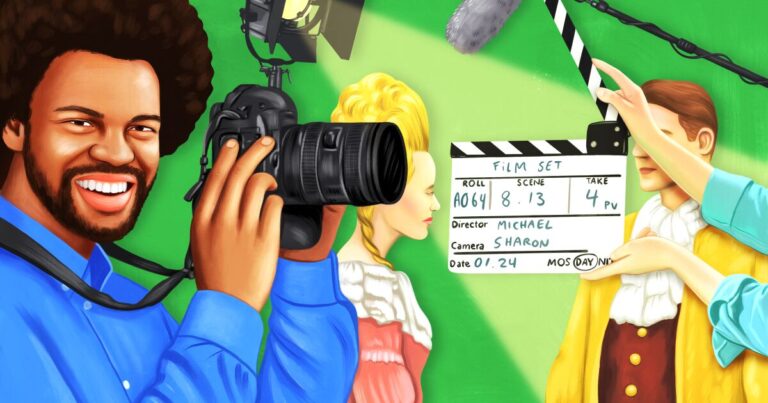
Discover the art of captivating visual storytelling. Whether you’re a filmmaker, photographer, or designer, this guide will equip you with the essential elements and techniques to create engaging and meaningful narratives that leave a lasting impact. Unleash your creative vision and connect with your audience on a deeper level.
Understanding the Power of Storytelling
Storytelling is inherently about forging emotional connections. Stories possess the unique capacity to transport, inspire, and engender a shared sense of experience. As a visual storyteller, comprehending the potency of storytelling and its ability to mold perceptions, alter attitudes, and initiate discourse is essential. By harnessing this force, you can craft visuals that not only seize attention but also endure in memory.
Defining Your Narrative
Every compelling visual story starts with a clear narrative. Begin by defining the central theme or message you want to convey through your visuals. Consider the emotions you want to evoke and the story arc you want to take your audience on. Whether it’s a documentary, a series of photographs, or an advertisement, a well-defined narrative acts as a guiding compass, ensuring that your visuals communicate a cohesive and impactful story.
Developing Characters and Relationships
Characters play a crucial role in visual storytelling, as they provide a relatable and human element to your narrative. Develop characters that your audience can connect with and care about. Dive deep into their backgrounds, motivations, and struggles. Explore their relationships and interactions within the story. Well-developed characters add depth and authenticity to your visuals, drawing viewers into the narrative and creating a sense of empathy and investment.
Creating Engaging Visual Composition
Visual composition is the language through which you communicate your narrative. Every element within the frame contributes to the storytelling process. Consider the placement of subjects, the use of light and color, and the overall visual balance. Use composition techniques such as framing, leading lines, and the rule of thirds to guide the viewer’s eye and create visual interest. Thoughtful composition helps convey meaning, set the mood, and enhance the overall storytelling experience.
Sequencing and Pacing
In visual storytelling, the way you arrange and time your visuals is essential for keeping your audience engaged and building suspense. Carefully consider the progression and rhythm of your story. Select the perfect moments to uncover important details or elicit emotional reactions. Get creative with various sequencing techniques like contrasting scenes, simultaneous editing, or slowed-down motion to amplify your narrative and deliver a dynamic visual journey.
Sound and Music
Sound and music are powerful storytelling tools that complement and enhance visuals. Choose sound effects and music that align with the mood and tone of your narrative. The right audio elements can create an atmosphere, evoke emotions, and intensify the impact of your visuals. Pay attention to the pacing and synchronization of sound with the visuals to create a cohesive and immersive storytelling experience.
Evoking Emotion and Impact
The ultimate goal of visual storytelling is to evoke emotion and create a lasting impact on your audience. Craft visuals that tap into universal emotions and connect with the human experience. Whether it’s joy, sadness, fear, or inspiration, the ability to evoke authentic emotions through your visuals is what makes your story resonate and stay with your viewers long after they have experienced it.
Conclusion
Master the art of visual storytelling and captivate your audience with compelling narratives. Learn to define your narrative, develop characters, and create engaging visual compositions. Harness the power of sequencing, pacing, sound, and music to evoke emotion and make a lasting impact. Unleash your creative vision in powerful and transformative ways with the ultimate guide to crafting visuals that resonate.

